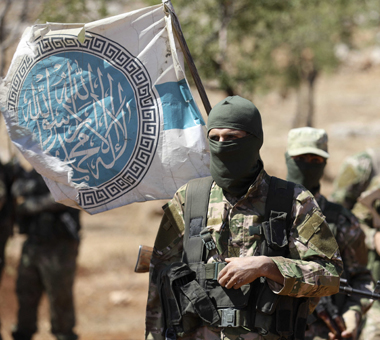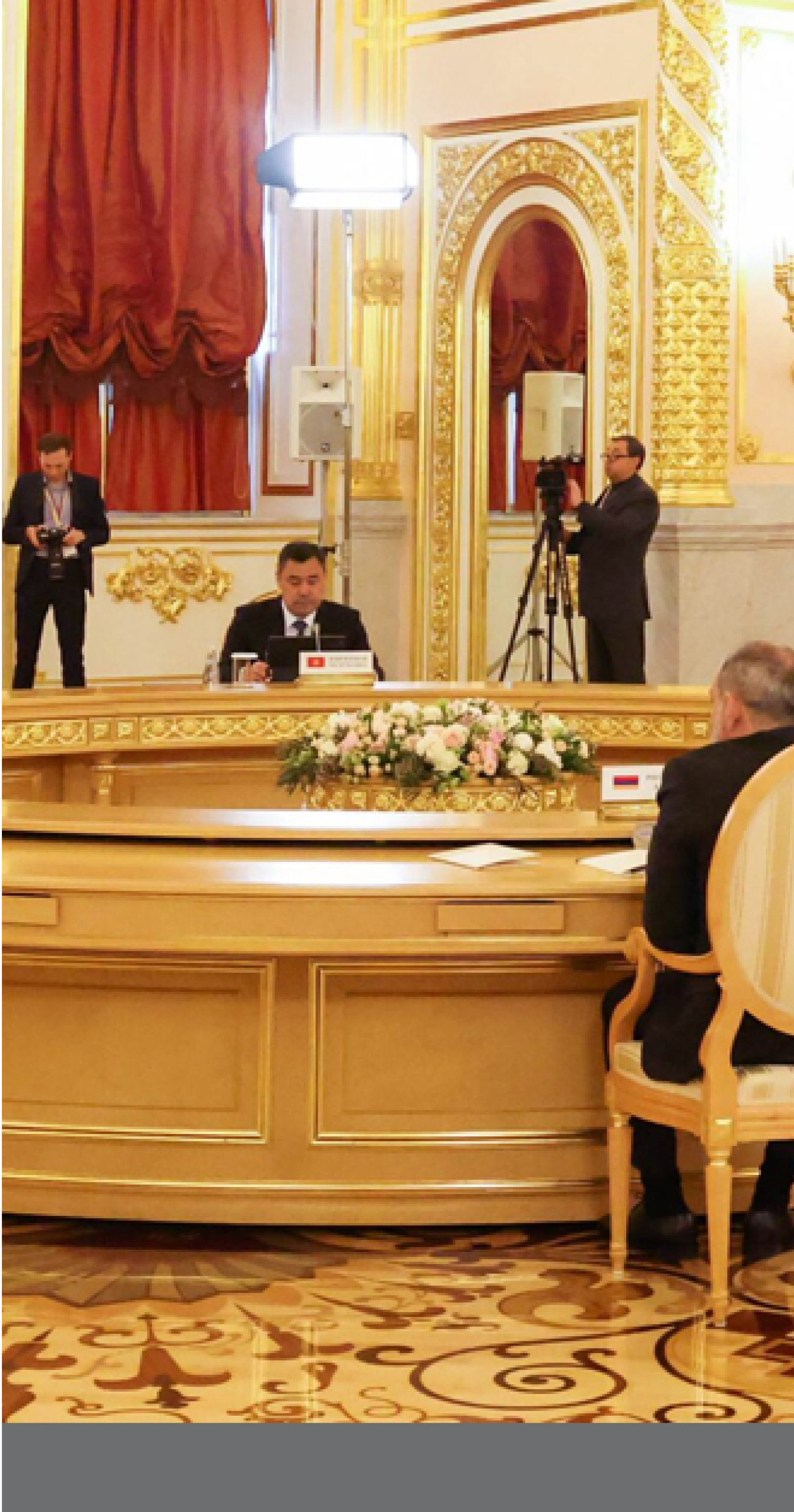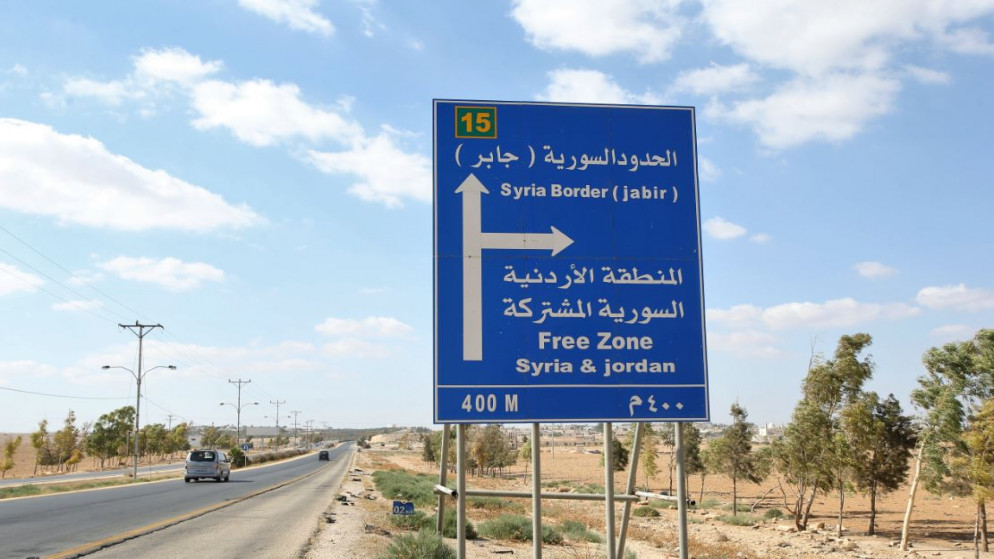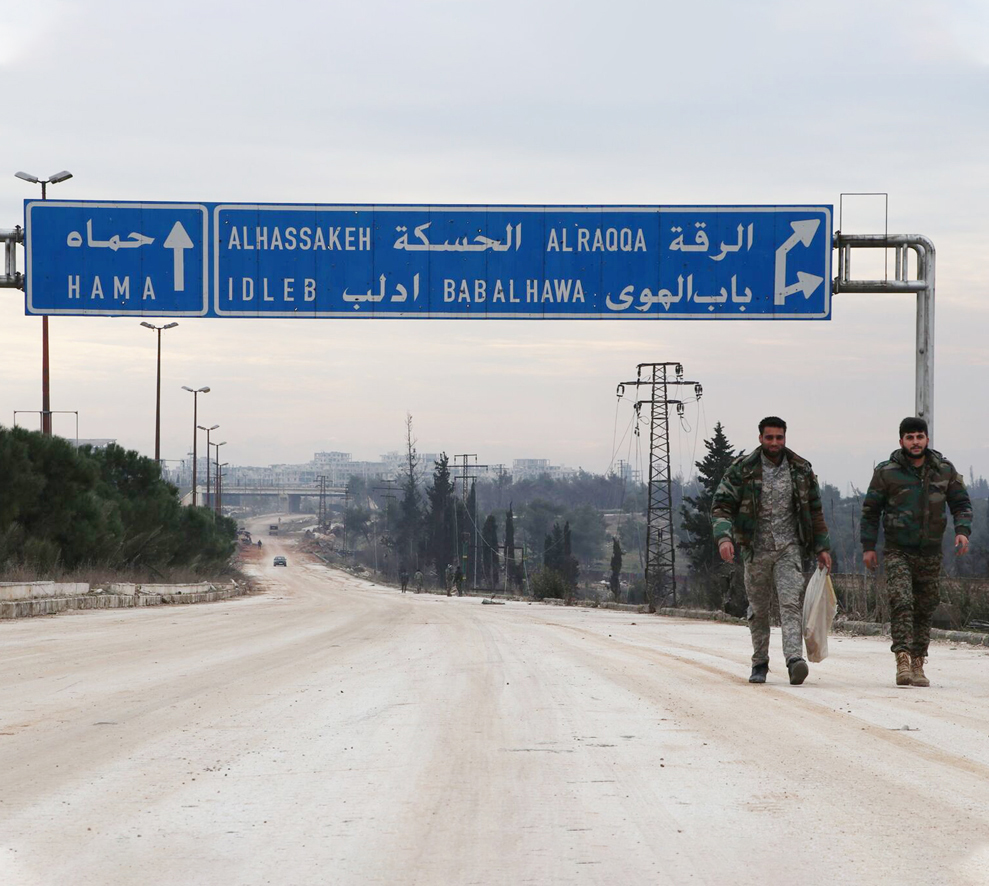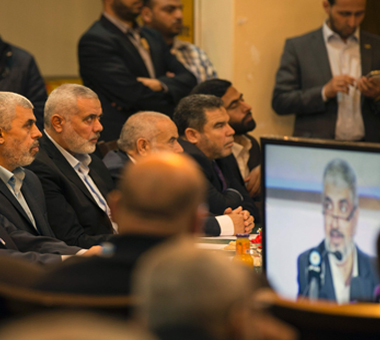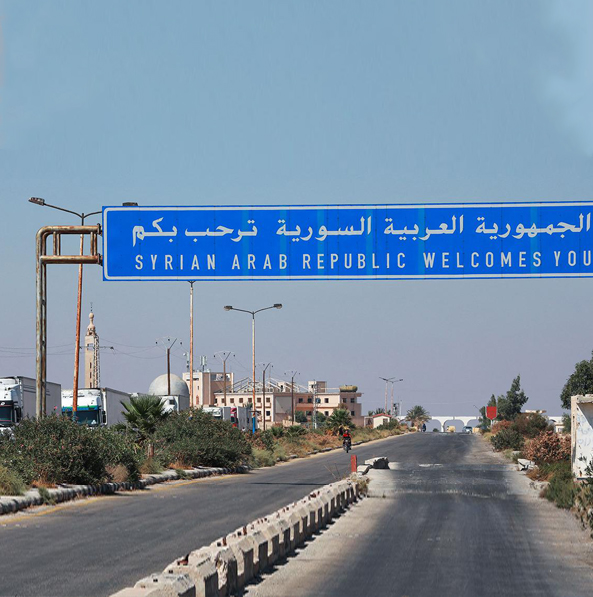Until recently, al-Qaeda Organization, founded by Osama bin Laden and a number of Arab "Islamists" in Afghanistan in 1988, was the dominant extremist current in what became known in media as the "Global Jihadist Movement". At the same time, al-Qaeda was the source of inspiring for the rest of the other extremist currents of different local, regional, and global territories, especially after the events of September 11, 2001, which the Organization claimed responsibility for.
Shortly before that, al-Qaeda focused its attention on the U.S. military presence in the Middle East, which began to deploy in the wake of the Second Gulf War (1990-1992). As the U.S. forces moved to Somalia, al-Qaeda also marched there, and was able, at record speed, to control large swathes of Somali territory. This was also clearly demonstrated after al-Qaeda carried out its first operations against U.S. targets in southern Yemen, by bombing two hotels used by U.S. forces. The significance of such event lies in al-Qaeda's shift of focus from training to the deploying its operations, influence, and knowledge to various extremist fronts around the world. This, later, prompted al-Qaeda to issue its famous document entitled "Declaration of the World Islamic Front" in 1996, which served as the main ideological reference in order to find the legitimate and procedural justification for declaring "fighting" against U.S. forces, and also the American civilians around the world.
This was followed by a set of notable transformations al-Qaeda witnessed, especially with the US intervention in Iraq in 2003. Such transformations prompted the Organization to develop its strategies and diversify its organizational forms, in order to take different and unconventional forms as an extension of the organization or expressed by it, whether these forms are affiliated with al-Qaeda centrally and directly, or linked to it in a decentralized and indirect way. But, at the same time, The organization maintained mainly the ideological bond, in response to the challenges faced by al-Qaeda, in light of the political new realities.
Al-Qaida, later on, succeeded in recruiting local groups, via combining local and global goals, especially in Syria, especially with the outbreak of the Syrian crisis, which carried with it many important repercussions and consequences. The most prominent of which was the proliferation of extremist groups and the diversity of their manifestations, in addition to tighten al-Qaeda control over the ground, which provided a great opportunity for those groups, such as the former "Al-Nusra Front" to find a foothold in the heart of the Middle East, after it used the atmosphere of chaos caused by the deterioration of the political and security conditions to its advantage. This has strengthened the role of those groups calling for "religious rule" at the expense of other armed movements of a secular nature.
One of the most prominent and dangerous of such groups was the "Julani Group", which experienced several phases since the beginning of the Syrian crisis. Abu Mohammed al-Julani is one of the most controversial Syrian extremists in its contemporary history, due to his pragmatic policies fluctuation in loyalty between al-Qaeda and ISIS (2013 and 2016), and his subsequent tendency to abandon the loyalty for those two organizations. This is in addition to the fact that his group clearly became independent from the two organizations, along with pragmatic perceptions and new political determinants, while maintaining the ideological pattern and strategic goal, which unites them all.
Here, a new stage emerged in the track of globalized takfiri movements and their transformations, with which the organizational effects of al-Qaeda went weak, leaving al-Qaeda’s intellectual effects be in a narrow scope, especially with the disengagement of al-Julani in July 2016 from that organization. Al-Qaeda desired that the disengagement might be in its favor. This was represented in the endorsement of the organization's central leadership, including the third man in that leadership (Abu al-Khair al-Masri). However, al-Julani had different intentions, which became clear in the following four years, after his group moved to a new formation called Hay'at Tahrir al-Sham (HTS), and then imposed strict conditions on the remaining al-Qaeda loyalists, who refused to sever ties with the organization, and regrouped into a new entity called Hurras al-Deen (Religion’ Guards).
This was not all; Julani worked to curb the activities of Hurras al-Deen, seize its heavy weapons; arrest its prominent members and leaders, and then establish a government called the "Salvation Government" whose task is to undertake civil affairs in the areas under his control, especially after ISIS strength decline in its two main strongholds: Syria and Iraq. This led HTS to become the strongest among the extremist and armed factions in Syria, having come to control almost half of the province. Idlib, the last stronghold of the remaining opposition factions and forces in Syria.
Nevertheless, Julani's announcement of severing his connection with globalized takfiri movements, especially al-Qaeda, was not easy. HTS experienced between 2017 and 2018 many problems and challenges in its strongholds in northern Syria, starting from the clash with al-Qaeda, the confrontation with the Syrian army, supported by Iran and Russia. In addition, there are large-scale losses in the territory under the control of HTS, assassinations of prominent leaders in it, and the major defections in HTS ranks, to the conflicts and confrontations with other extremist groups. This in addition to that HTS was classified by the United States of America, the United Nations, and others as a foreign terrorist organization, was followed by the announcement by the United States Department of State of a reward of up to $10 million for information leading to the identification or whereabouts of Julani. The U.S. State Department cited what it called al-Julani’s group's "violent sectarian vision", asserting that his ultimate goal was to establish a state based on Islamic law throughout Syria, aided by suicide attacks that killed many innocent Syrian civilians.
For al-Julani and his HTS, the biggest problem is related to political and military ambitions, that go beyond the idea of leading an "extremist group". It is a problem that poses the same kind of political dilemmas, which have bothered Western governments towards other similar groups that practice politics, such as Hamas and the Taliban.
In this context, and given the transformations experienced by Julani and HTS, a new variable occurred between the West and al-Julani, revealed by James Jeffrey, the former U.S. envoy to the Syrian file. In August 2018, Jeffry indicated that Washington stopped targeting al-Julani directly, which explains al-Julani's maneuvers over the past few years, characterized by political pragmatism, in what seemed to be a new orientation and a different development, that combined extremist religious discourse and political action, similar to other current experiences, most notably the Taliban in Afghanistan. Therefore, these shifts in the "Salafi takfiri" situation, in the Syrian arena, can be seen as one of the key indicators of change within the "Salafi takfiri" camp.
in order To read the full study
The opinions expressed in this study are those of the author. Strategiecs shall bear no responsibility for the views and/or opinion of its author on security, economic, social, and other issues, as they do not necessarily represent the views of the Think Tank.
Keep in touch
In-depth analyses delivered weekly.








